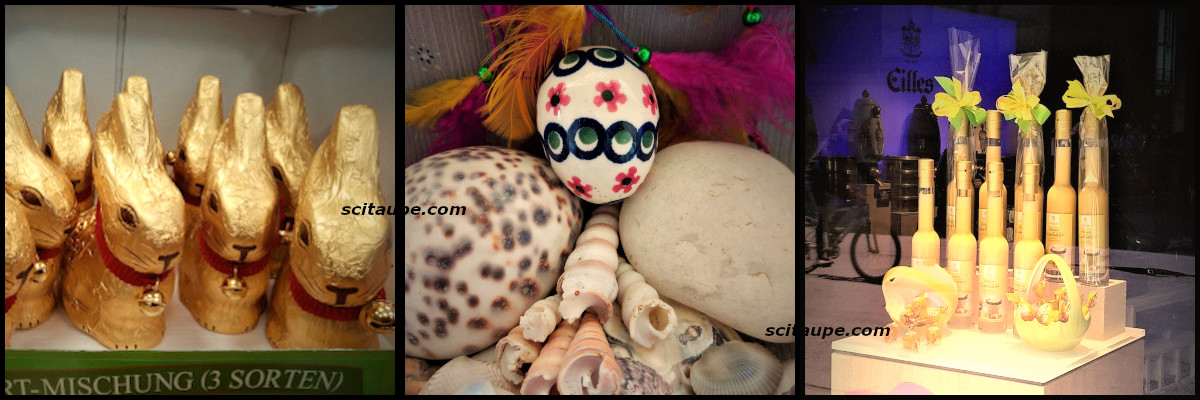
Nostalgia hits hard and that is when I decide to write this post about how dearly Germans adore their Easter holidays. After having lived in Germany through two major holiday seasons, I learnt that Germans love their festivities as much as they love their beer!
Easter in Germany
Easter or “Ostern” is the most loved festival in Germany, of course, after Christmas. After a long cold winter, Germans eagerly welcome the Spring season in the Easter holidays. This time of the year, the weather is pleasant, there’s sunshine, there are fresh blooms, there’s smell of coffee and bread and there are eggs and bunnies everywhere, literally, all the places. It’s true when people say there’s festivity in the air.
and begin the grand Easter holidays!
The much-awaited Easter holidays or Easter weekend begins with a quiet Good Friday. During this period, most of the commercial establishments like shops, banks and offices are closed. School holidays are also scheduled for two weeks around the Easter weekend. Trains and buses operate on a limited holiday schedule and are often crowded with people.
Easter holidays = family time. German families plan vacations, trips to the countryside, visit to Easter markets or “Oster Markts“. The soothing Spring weather also supports the ventures.
Easter weekend in details
Church and traditional lunch of Good Friday
“Karfreitag” in German, The family goes to the Church and then gets together for lunch. Fish is a must have in the traditional German Good Friday lunch.
Bonfires of Easter Saturday
In the evening, bonfires are lit which are believed to drive away the cold, dark spirits of winter and bring in the warmth of Spring and Summer.
Egg of Easter Sunday
Also called “Ostersonntag“, it is the highlight of the festive season. Kids wake up early in the morning to go Easter egg hunting. Families and Friends go out to visit the local open-air Easter or “Oster” Markets where variety of items are sold, mostly local and handmade, like Easter decorations, dried spiced or smoked meat, ceramic cutlery. There’s also an extensive collection of local or foreign cuisine like baked goodies, Raclette with Swiss cheese, drei-im-weggla, doner kebab etc.
The family, all together, have the traditional Easter lunch that comprises lamb, potatoes or “Kartofel”, seasonal vegetables like asparagus or “Spargel” . Egg liquor or “Eierlikör”, which is similar to the American Eggnog, is an unmissable participant of the Easter lunch. It is available aplenty during the holiday season and is relished by young and the elderly.
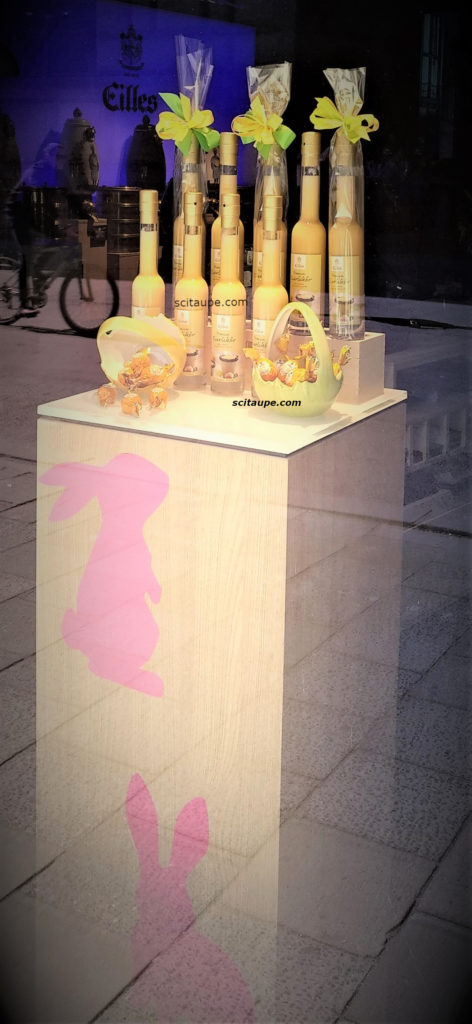
The following Easter Monday is a national holiday. People spend the remaining of the easter holiday time with family before heading out to their respective places to start their usual busy schedules.
Symbols of Easter
Germans love their Easter thingies, especially eggs. Here’s a list of the symbols of Easter prominent in German culture.
“Ostereier” or Easter Eggs
First and foremost, Easter eggs. Easter eggs symbolize new life as spring brings on new leaves and flowers. Parents along with kids start decorating eggs several days before Easter. The eggs were once traditionally dyed with natural materials like tea, roots, and spices and delicately decorated. These days one can use Easter egg decorating kits or alternatively, buy bright, pre-dyed eggs from the store. Apart from actual eggs, ceramic eggs and egg shaped chocolates with hidden gifts are also a popular choice.
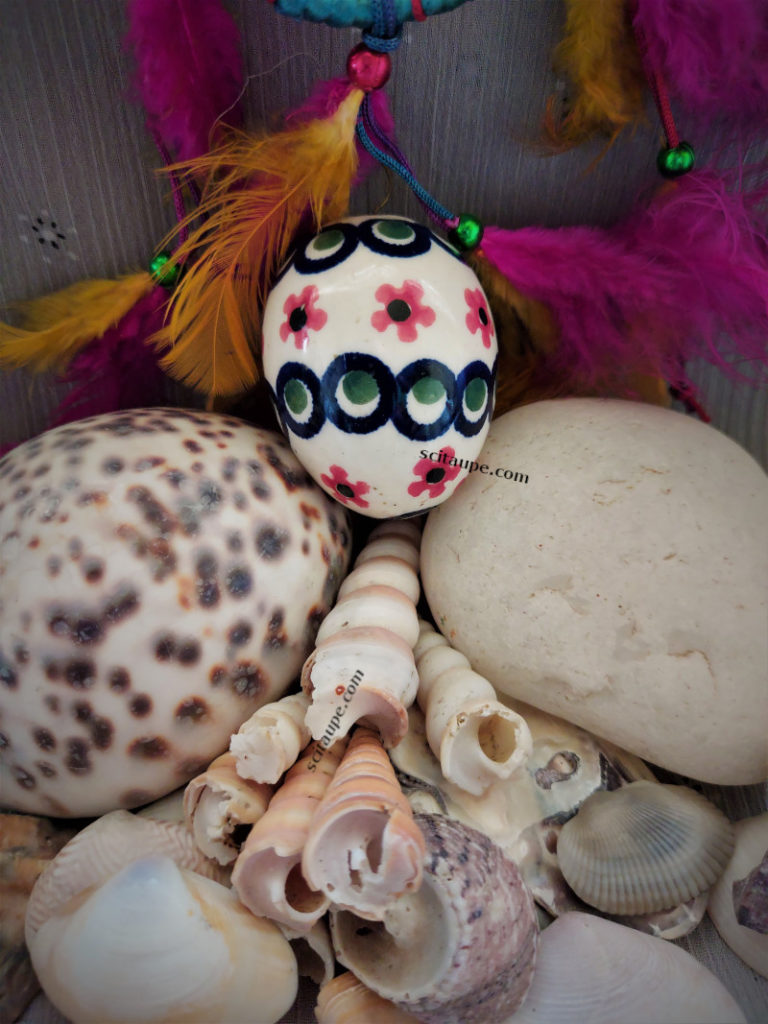
“Osterhase” or Easter Bunny
Easter bunny is a long eared folkloric egg-laying Hare that originated in ancient Germany and spread to rest of the world. The iconic figure, symbolizing fertility, is believed to lay eggs in Easter nests. Today, Easter bunny delivers eggs, chocolates and even toys for children. Easter bunnies are sold as decoratives or eatables like furry stuffed toys, ceramic figures or chocolate bunnies.
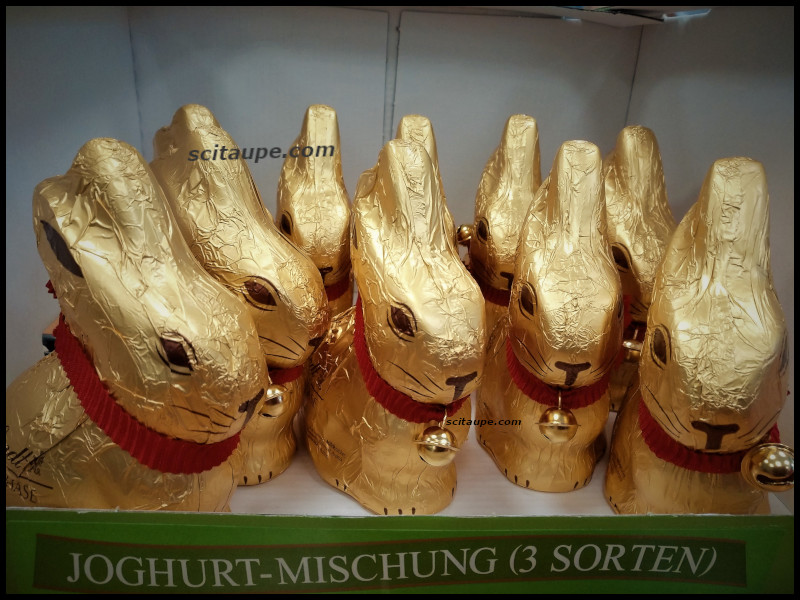
“Osterbaum” or Easter Trees and Nests
Many German households decorate trees with Easter eggs. Like Christmas trees, the Easter trees or “Osterbaum” are kept throughout the holiday season. Osterbaums are a common sight in house yards or public parks. Unlike the bushy green Christmas trees, Easter trees usually have bare branches with signs of bloom and are adorned with colorfully decorated eggs instead of ornaments.
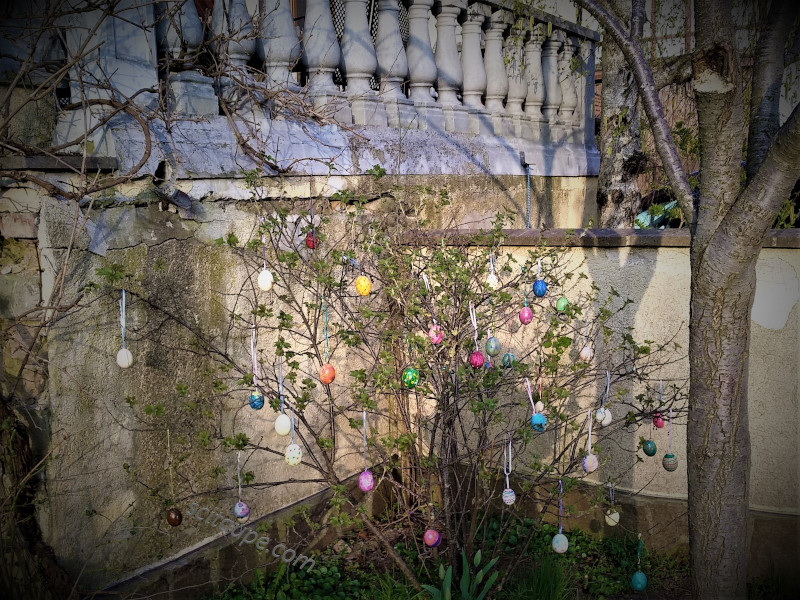
Traditionally, children collect twigs, fresh sprint flowers from forests on holy Thursday to build Easter nests in their homes or gardens for the Easter bunny to lay eggs.
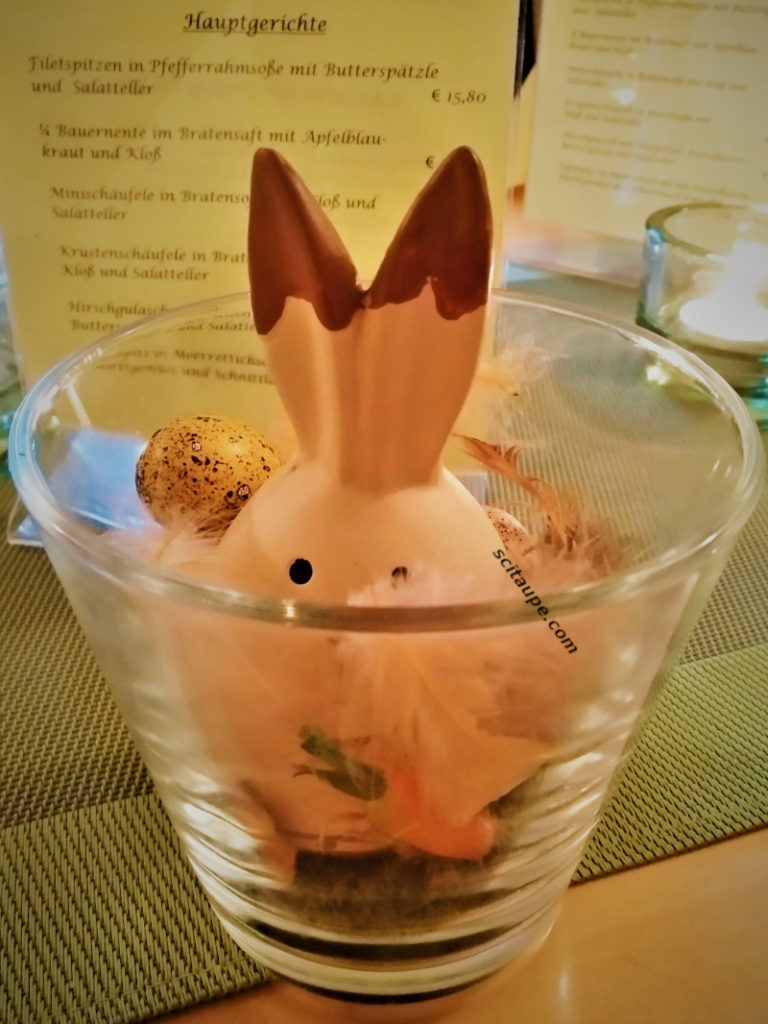
Easter bonfire
In the evenings of Easter weekend, branches and twigs are piled up to make an enormous bonfire. An ancient Germanic ritual, the Easter fire burns the spirits, sweeps away the last traces of winter and calls upon the Spring, for life and birth. This tradition is particularly poignant in the smaller towns of Northern Germany, where the Easter fire serves as a festive get-together for young and old.
Easter lamb
Lambs stand for purity and peace. Its not uncommon to see beautiful cakes in the shape of lambs on Easter dinner tables.
Modern Easter traditions in Germany
Easter Egg Hunt
An age-old German tradition where children search for Easter eggs, bunnies or nests filled with both. On Easter Sunday, elders hide eggs and treats in the Easter nests. Some also hide the eggs in parks for the children to do the egg hunt during the Easter family walk. Children are told that the Easter bunny hides the eggs and treats.
Easter Walks
A gradually evolved Easter tradition of going out for walks. After the cold winter days have gone, the first rays of Spring sunshine provides the perfect setting for an Easter-walk together with the near and dear ones.
Easter Shopping
Easter shopping is an emerging trend these days. A lot of offers are rolled out on chocolates, goodies, greeting cards, cutlery, clothes, gifting ideas and what not! People start shopping for Easter well in advance in order to get the best of goods and deals.
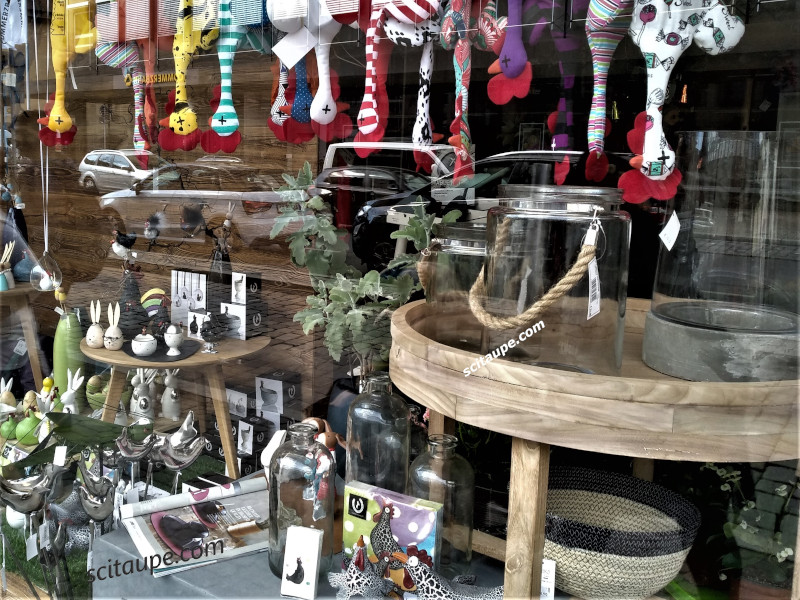
Last but not the least
That’s all things Easter for now. If you are in Germany or plan to visit this time of the year, do not forget to wish everyone a “Frohe Ostern!” or “Happy Easter!”.
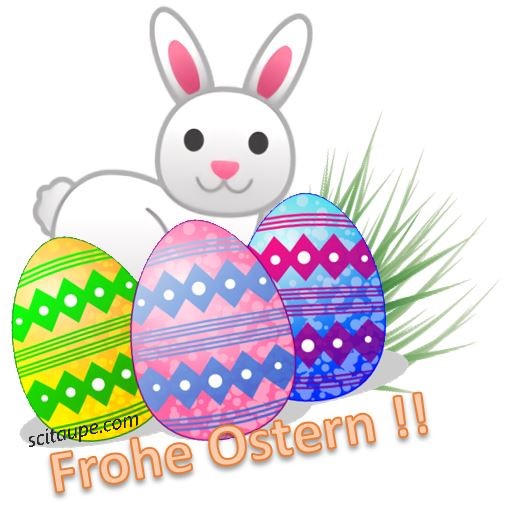
Hope Easter does good to us and the earth. Hope it drives away the Corona virus the same way it does to the cold dark winter spirits.
1,916 total views, 3 views today




Thank for giving the information.
Hope the information helped. Stay tuned for more such articles
Loved every bit of the article. Never knew Easter festivities are so grand in Germany.
Can visualize the complete Easter fervour. Keep writing such lucid informative articles.